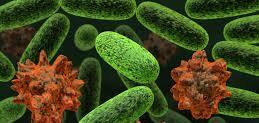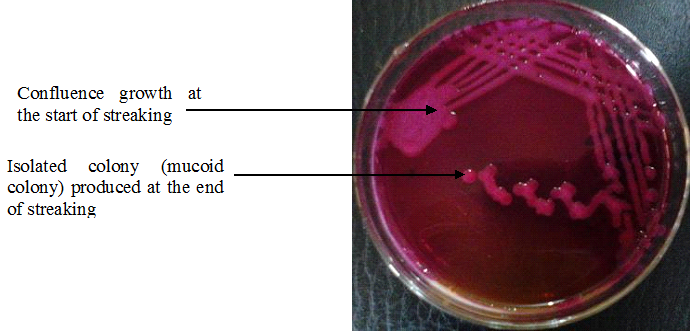The cell as we know is the basic unit of life. Microorganisms are cellular entities, and thus could be likened to a cell. They can either exist as unicellular organisms or organisms with multiple cells (i.e. as multicellular organisms). Microbial cells are ubiquitous in the natural environment, and are found in the soil, water, in the air, on and in our body, plants and animals and even in places where other life forms rarely exist (e.g. in hot springs).
Biologists believe that microbial life existed since antiquity, and that microbial cells precede the emergence of multicellular or higher organisms on planet earth. A single cell is a unit, isolated or secluded from other cells by a membrane, and many cells also contain a cell wall outside the membrane. For example, bacteria are grouped into two main types based on their cell walls, viz: Gram positive bacteria and Gram negative bacteria.
A cell contains different chemicals and cellular structures including cytoplasm, ribosomes and cell wall to mention but a few. The membrane is semi-permeable and it forms a compartment which maintains the internal constituents of the cell and protects it from external forces while allowing important nutrients and wastes to enter and leave the cell with proper cell control. Cells communicate and exchange materials with their environments, and they are constantly undergoing changes, and they also show a high degree of metabolism.
Cells can be considered as both chemical and coding devices because they can take up nutrient from their environment and chemically transform same for their upkeep or growth, and in turn can undergo reproduction. Thus, microorganisms are living cells because they all show the fundamental characteristics of living things except for viruses which exist as a non-living entity outside a living cell. There are basically two different types of microbial cells based on the orientation of the nucleus of each of these organisms and the revelations of microscopic examinations when living cells are scrutinized under an electron microscope.
References
Alberts B, Bray D, Lewis J, Raff M, Roberts K and Watson J.D (2002). The molecular Biology of the Cell. Fourth edition. New York, Garland, USA.
Berg JM, Tymoczko JL, Stryer L (2002). Biochemistry (5th ed.). New York, NY: W. H. Freeman.
Brooks G.F., Butel J.S and Morse S.A (2004). Medical Microbiology, 23rd edition. McGraw Hill Publishers. USA.
Lodish H, Berk A, Matsudaira P, Kaiser C.A, Kreiger M, Scott M.P, Zipursky S.L and Darnell J (2004). Molecular Cell Biology. Fifth edition. Scientific American Books, Freeman, New York, USA.
Madigan M.T., Martinko J.M., Dunlap P.V and Clark D.P (2009). Brock Biology of microorganisms. 12th edition. Pearson Benjamin Cummings Publishers. USA. Pp.795-796.
Maton, Anthea (1997). Cells Building Blocks of Life. New Jersey: Prentice Hall.
Discover more from #1 Microbiology Resource Hub
Subscribe to get the latest posts to your email.



